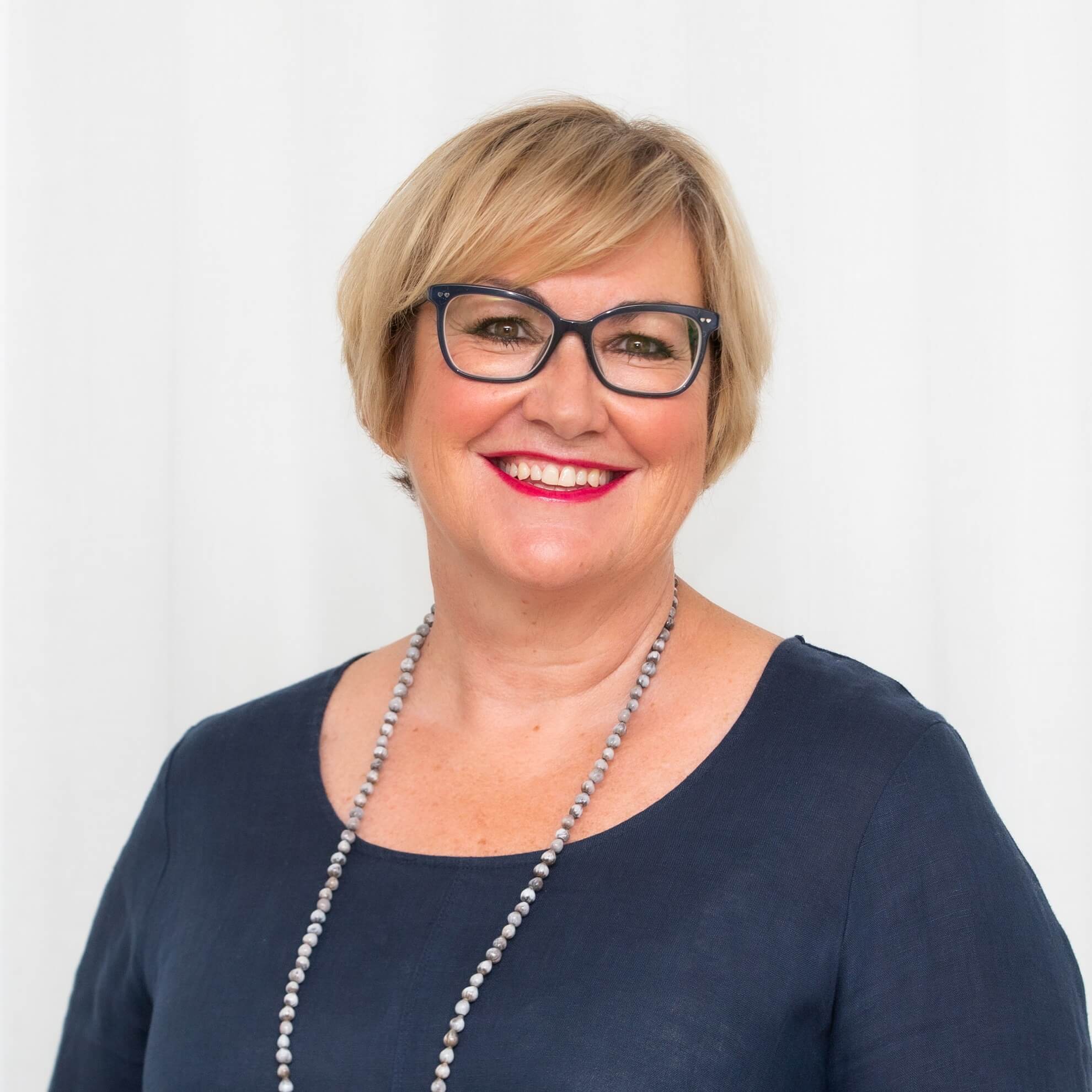In terms of financial matters, women have come a long way over the last few decades. From the days when a man was a plan, and the ‘fairer sex’ relied on their fathers or husbands for security, women have only become more independent and financially savvy.
That’s not to say there is no room for improvement, you just have to look to the gap in relation to wage parity to know that we still have a way to go. Although the gender pay gap in Australia is decreasing over time to a new current low of 16%, women tend to dominate in lower paid industries and be under represented in senior roles and on boards.
That said, this is changing, stats published on International Women’s Day this year show that there are more women on ASX top 20 boards than ever before – now over 30 per cent.i The proportion of female enrolments in traditionally male-dominated courses, like information technology, has grown by nearly 12% per year for the past five years. Encouragingly, the number of women working in the best paid industry (mining) has quadrupled over the past 20 years.
While it is heartening to see these changes, the fact remains that Australian women are still struggling to save enough for retirement.
Closing the final gaps
In the most recent report on super balances by gender, the ABS revealed that the average woman has just 70% of the super balance of the average man.ii But just four years prior, the figure was 75%. There’s a gap from the very beginning, but older women tend to have an even lower share of super than their male counterparts. Women aged 60 to 64 – prime retirement age – have just 47%.
There are a few different theories as to why this is. The first and most obvious is that many women take a significant amount of time off work to have children. Nearly 20% of women permanently leave their jobs before the birth of their children, meaning they have to re-enter the workforce afresh after a significant career break. Around 16% of women take just one to four weeks’ paid leave, with the rest of their leave being unpaid.iii Many couples don’t even think about the fact that super isn’t generally paid on parental leave payments.iv Even if a woman has parental leave and only takes the maximum 18 weeks’ leave, that’s still a significant loss of earnings.v
Another theory suggests that risk appetite is also having an impact on women’s super balances, compounding the impact of time out of the paid workforce. Women may be psychologically predisposed to be conservative with their superannuation investment choices. One survey found that only 30% of women have a ‘high risk’ allocation in their super, 7.5% lower than men.vi In other words, taking the time to examine your biases against risk could pay off.
Get professional help with your financial journey
Sometimes it takes a little outside perspective to help you see what you can do differently. Because the truth is that while there are some things you can’t control, there’s a lot you can do to take back the power and change your financial future.
If you’d like to speak to a financial adviser about your options, we can help. Contact us now to get the conversation started.
i Statistics are from the Financy Women’s Index, March 2017 edition. https://www.financy.com.au/womens-index/
ii ABS Survey of Income and Housing (SIH).
http://www.abs.gov.au/ausstats/abs@.nsf/Lookup/by%20Subject/4125.0~August%202016~Main%20Features~Economic%20Security~6151
iii ABS 4913.0 – Pregnancy and Employment Transitions http://www.abs.gov.au/ausstats/abs@.nsf/Latestproducts/4913.0Main%20Features3Nov%202011?opendocument
iv Unless specified under the award, or the individual employment agreement. https://www.humanservices.gov.au/business/enablers/employers-providing-parental-leave-pay#a2
v https://www.fairwork.gov.au/leave/maternity-and-parental-leave/paid-parental-leave
vi Research by NAB Asset Management: https://news.nab.com.au/women-take-savings-hit-by-opting-for-less-investment-risk/
